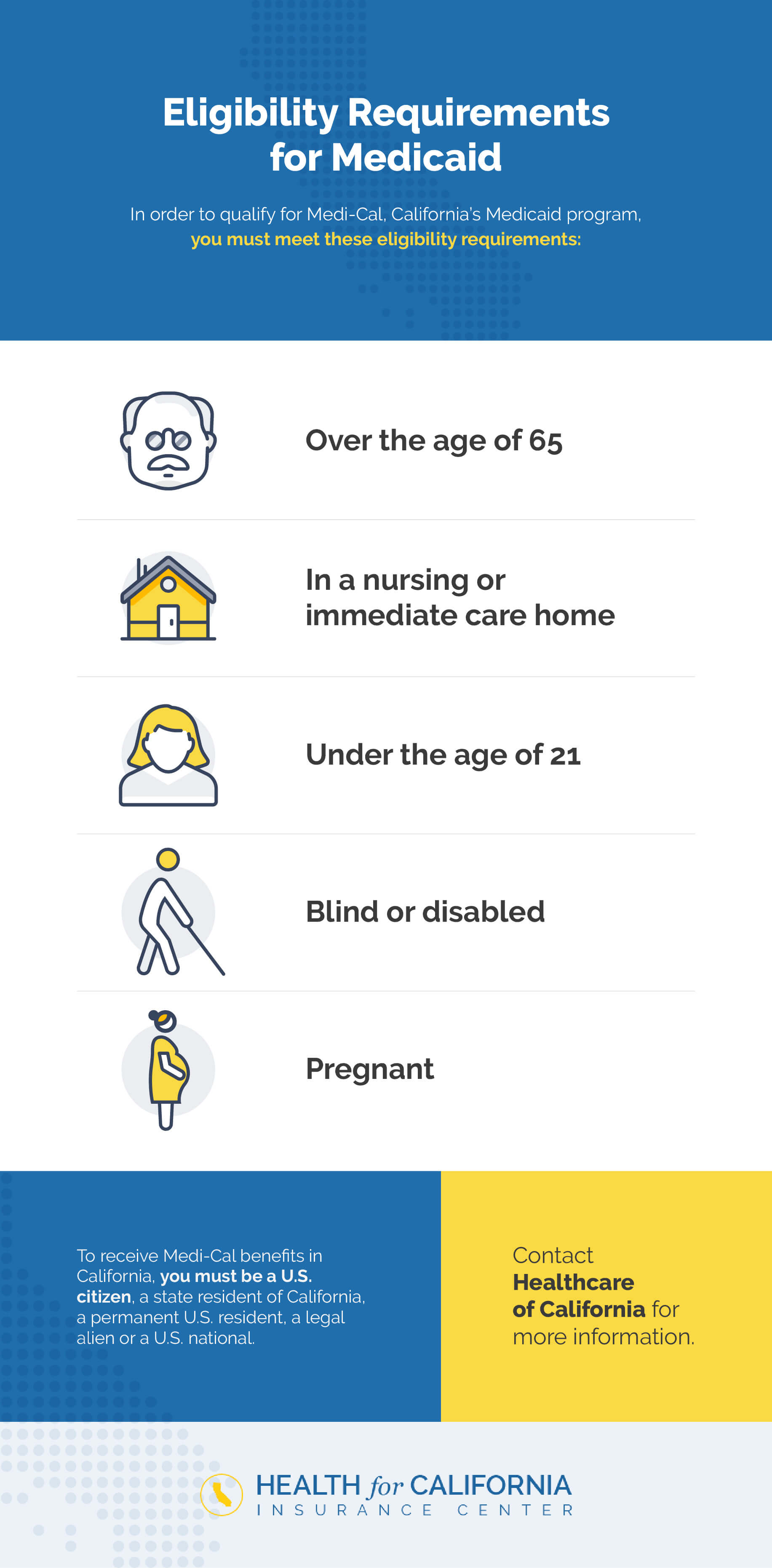The 10-Second Trick For Medicare Advantage Agent
The 10-Second Trick For Medicare Advantage Agent
Blog Article
Medicare Advantage Agent Things To Know Before You Buy
Table of ContentsWhat Does Medicare Advantage Agent Do?The Best Strategy To Use For Medicare Advantage AgentHow Medicare Advantage Agent can Save You Time, Stress, and Money.

adheres to from confusing the fairly young age profile of the without insurance with the much better health and wellness, on standard, of more youthful individuals. This covers the link in between health and wellness condition and health insurance policy. For those without access to work environment health and wellness insurance coverage, inadequate wellness is a possible obstacle to acquiring nongroup protection due to the fact that such protection might be very valued, leave out preexisting conditions, or be just not available. The variety of without insurance Americans is not especially big and has actually not changed in recent years. 7 out of ten respondents in an across the country representative survey believed that fewer Americans lacked health and wellness insurance coverage than really do(Fronstin, 1998). Roughly fifty percent(47 percent )believed that the variety of individuals without health and wellness insurance decreased or continued to be constant over the last half of the last years(Blendon et al., 1999). This drop of virtually 2 million in the variety of people 'without insurance (a decrease
of around 4 percent)is absolutely a positive change. With a softer economy in 2000 the current reported gains in insurance policy coverage may not proceed(Fronstin, 2001 ). The decline in the variety of uninsured will not continue if the economy stays slow and healthcare prices proceed to exceed rising cost of living. This is since the data were accumulated for a duration of solid financial performance. Of the estimated 42 million people who were uninsured, all however regarding 420,000(about 1 percent)were under 65 years of age, the age at which most Americans become eligible for Medicare; 32 million were grownups between ages 18 and 65, about 19 percent of all grownups in this age group; and 10 million were youngsters under 18 years old, about 13.9 percent of all youngsters (Mills, 2000). These estimates of the number of individuals without insurance are produced from the yearly March Supplement to the Current Populace Survey (CPS), conducted by the Demographics Bureau. Unless otherwise kept in mind, nationwide price quotes of individuals without wellness insurance policy and proportions of the population with different kinds of coverage are based on the CPS, one of the most commonly used resource of quotes of insurance protection and uninsurance prices. These studies and the quotes they yield are defined briefly in Table B. 1 in Appendix B - Medicare Advantage Agent. These surveys differ in dimension and tasting methods, the inquiries that are asked concerning insurance coverage
Not known Incorrect Statements About Medicare Advantage Agent
protection, and the moment period over which insurance protection or uninsurance is measured(Lewis et al., 1998, Fronstin, 2000a ). Still, the CPS is specifically useful due to the fact that it generates yearly estimates fairly rapidly, reporting the previous year's insurance protection approximates each September, and because it is the basis for a consistent set of quotes for greater than 20 years, enabling analysis of fads in coverage in time.
Medicare Advantage Agent Fundamentals Explained
Over a three-year duration beginning early in 1993, 72 million individuals, 29 percent of the U.S. populace, lacked protection for a minimum of one month. Within a solitary year(1994), 53 million people experienced at least a month without coverage(Bennefield, 1998a). Six out of every 10 uninsured grownups are themselves employed. Although working does improve the probability that one and one's relative will have insurance policy, it is not a warranty. Also participants of family members with 2 permanent wage income earners have nearly a one-in-ten chance of being uninsured (9.1 percent without insurance price)(Hoffman and Pohl, 2000 ). The connection in between medical insurance and accessibility to care is well established, as recorded later in this phase. The partnership between wellness insurance policy and health and wellness results is neither straight nor straightforward, Recommended Reading a considerable scientific and health and wellness services research literary works links wellness insurance policy protection
to improved access accessibility care, better far better, and improved boosted and population populace statusCondition As an example, the second record, on individual health results for without insurance adults, is represented by the inner circle of the number, while the third report, on family members well-being, includes the topics of the 2nd record but highlights a different unit of analysis, specifically, the family members. The sixth report in the collection will certainly offer info concerning approaches and efforts embarked on in your area, statewide, or nationally to deal with the lack of insurance and its adverse impacts. Levels of analysis for analyzing the effects of uninsurance. This conversation of medical insurance coverage concentrates primarily on the U.S. populace under age 65 because practically all Americans 65 and older have Medicare or various other public insurance coverage.
It concentrates particularly on those without any kind of wellness insurance for any type of length of time. The troubles encountered by the underinsured remain in some respects comparable to those dealt with by the without insurance, although they are typically much less severe. Uninsurance and underinsurance, nevertheless, entail clearly different plan concerns, and the techniques for addressing them might vary. Throughout this study and the 5 records to adhere to, the primary emphasis gets on individuals with no medical insurance and thus no support in spending for health care beyond what is available through charity and safeguard establishments. Medical insurance is a powerful aspect affecting receipt of care due to the fact that both individuals and doctors respond to the out-of-pocket cost of solutions. Wellness insurance, however, is neither essential neither enough to get to clinical services. Nevertheless, the independent and direct effect of health
insurance policy protection on accessibility to health and wellness services is well developed. Others will certainly get the health and wellness care they require also without medical insurance, by paying for it expense or seeking it from companies who supply treatment totally free or at extremely subsidized prices. For still others, medical insurance alone does not guarantee invoice of care because of various other nonfinancial obstacles, such as a lack of wellness treatment carriers in their area, minimal access to transport, illiteracy, or etymological and cultural distinctions. Official research study concerning uninsured populaces in the United States dates to the late 1920s and very early 1930s when the Committee on the Price of Healthcare generated a series of records about funding physician workplace gos to and hospital stays. This issue ended up being significant as the numbers of clinically indigent climbed during the Great Anxiety. Empirical research studies consistently support the web link between access to care and boosted health and wellness results(Bindman et al., 1995; Starfield, 1995 ). Having a normal source of care can be taken into consideration a predictor of gain access to, as opposed to a straight action of it, when health and wellness outcomes are themselves utilized as gain access to indications. This extension of the concept of gain access to measurement was made by the IOM Committee on Keeping An Eye On Access to Personal Wellness Care Services(Millman, 1993, p. Whether moms and dads are guaranteed shows up to affect whether or not their children get care in addition to just how much careeven if the youngsters themselves have insurance blog here coverage(Hanson, 1998). The health of parents can affect their capacity to look after their youngsters and the level of family tension. Fretting about their kids's accessibility to care is itself a resource of anxiety for moms and dads. 3 chapters comply with in this record. Phase 2 supplies an overview of just how employment-based wellness insurance, public programs and individual insurance coverage run and connect to give extensive yet insufficient insurance coverage of the U.S. populace. This consists of a testimonial of historic patterns and public policies affecting both public and private insurance, a conversation of the communications among the various sorts of insurance, and an examination of why people relocate from one program to one more or wind up

Report this page